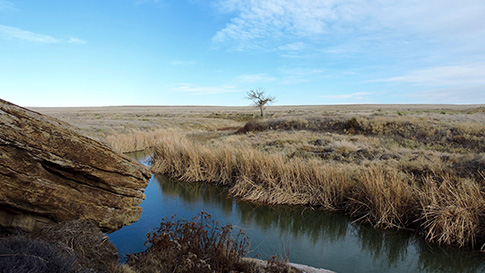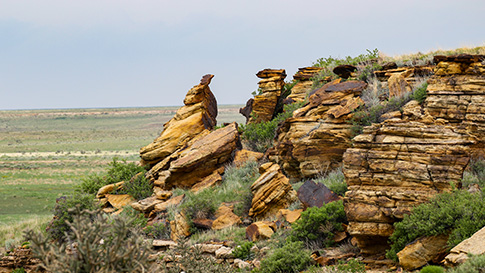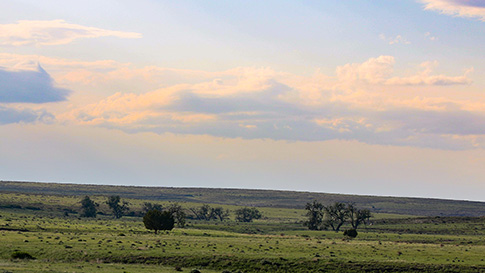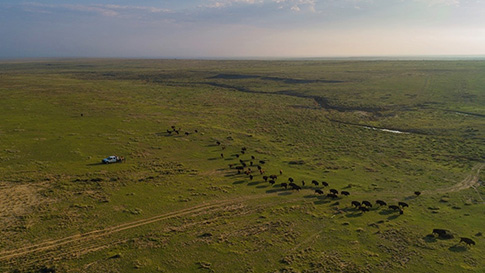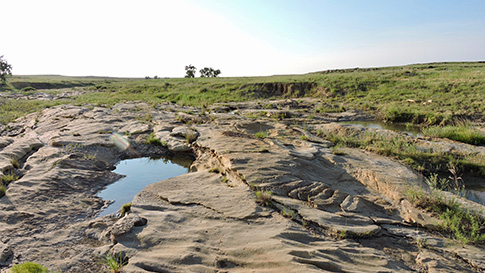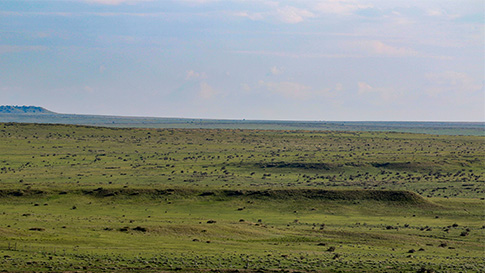Each year, SPLT has dramatically increased its pace of land acquisition focused on southeastern Colorado, a biodiversity hotspot.
Once SPLT purchases the land, it puts legal protections in place to ensure that the land will always be a wildlife refuge. With the help of volunteers and other nonprofit organizations, they begin the work of actively restoring the land.
The different crews tackled the hard work of:
- Building rock and reclaimed wood structures along degraded streams and drainages so it will help the prairie capture rainfall by slowing and spreading water out after heavy rains. This will, in turn, create prime habitat for lush vegetation, shrubs, and cottonwoods to regrow.
- Remove tamarisk trees that are choking streams and crowding out native species. This work is vital as non-native, invasive species are the second greatest threat to wildlife habitat after habitat loss.
- Restore riparian areas along streams and rivers important for travel routes and wildlife habitat. To restore these riparian areas, SPLT planted hundreds of cottonwood, coyote willow, and three-leaf sumac saplings over the past several years.
- Rewilding the area for wildlife as people have always been part of the southern plains, and unfortunately, leave behind building materials, farming and ranching implements, and other debris.
With the collaboration of neighbors, it launched a major fencing removal and modification project. As a result, it has modified or replaced 50 miles of periphery fences that will allow wildlife to safely cross, while keeping cattle on their pastures outside of the refuges.
In December 2020, it welcomed ten new bison to the Heartland Ranch Nature Preserve expansion area to establish the conservation herd. The herd of Bison, which now number 24, are also active players in the rewilding.
